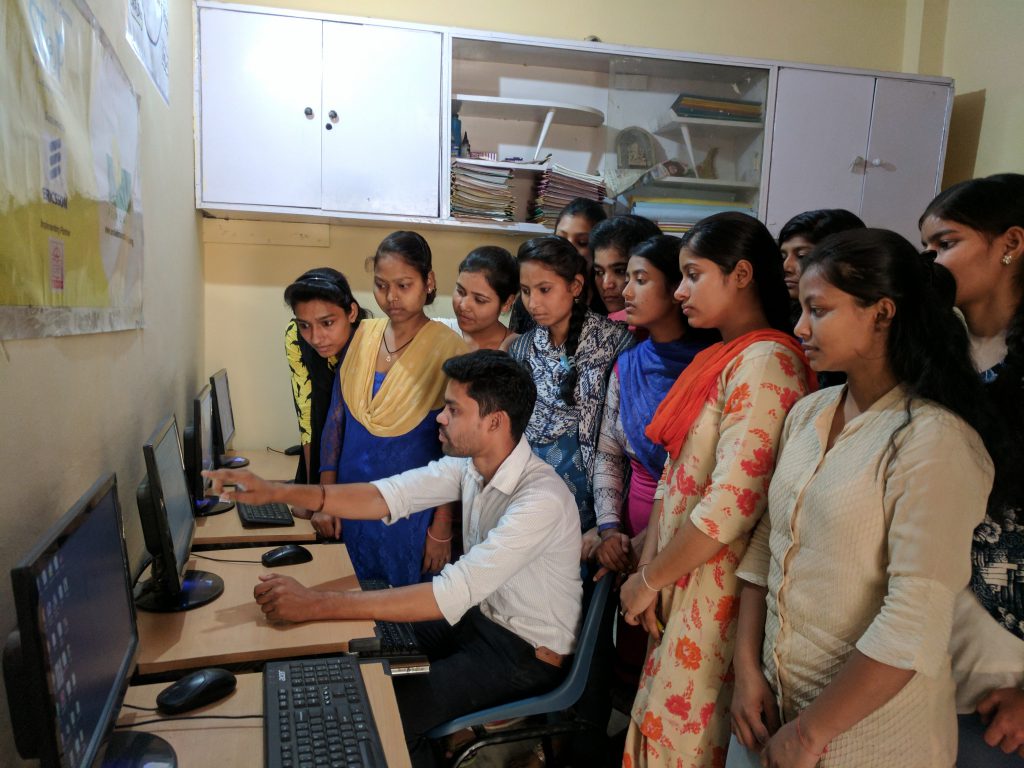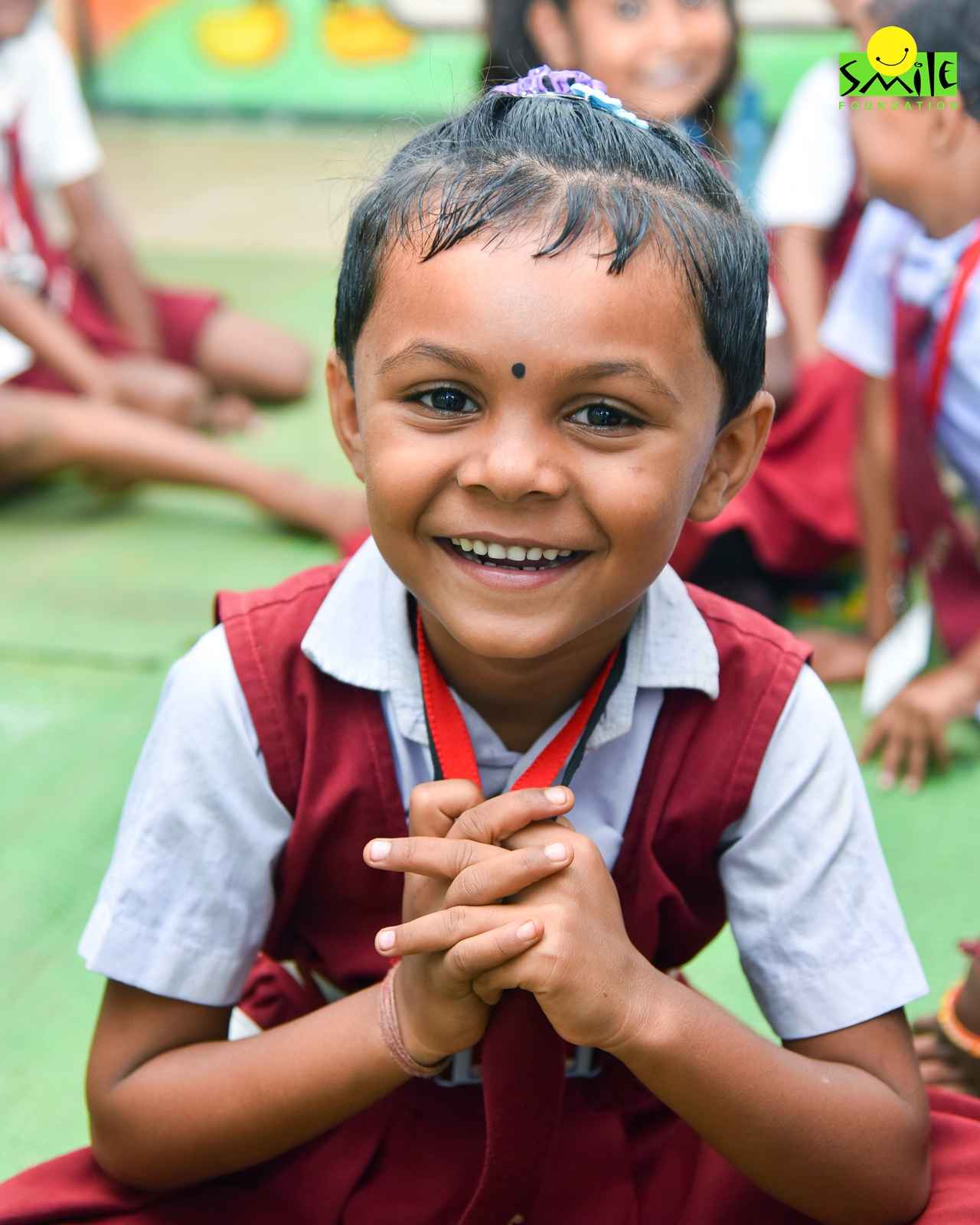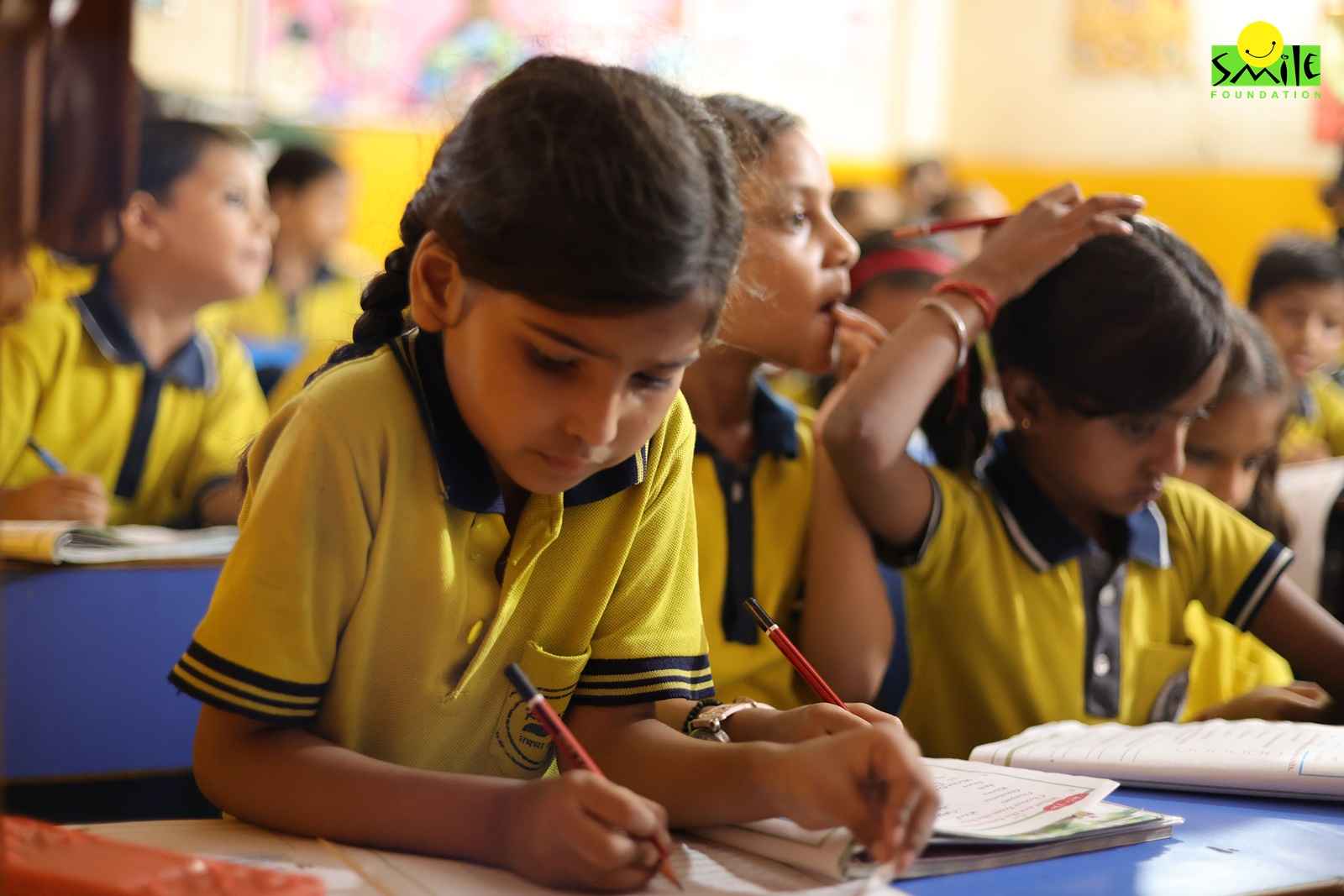The New Education Policy, 2020 (NEP) was launched with a vision of transforming the education system in India. The initiative has been hailed as a positive step in the direction of bringing necessary changes in the education system. Before the introduction of the National Education Policy, the Indian education system was governed by the 1986 NEP and Right to Education (RTI) act of 2009. This meant that there was a huge gap between what was needed and what was being delivered.
For this very reason itself, the National Education Policy becomes extremely crucial. As per the official document of Government of India, the NEP 2020 addresses many concerns related to primary, secondary, higher, and technical education in the country.
From removing the hard separation between Arts and Science, Vocational and Educational streams, it also focuses on reforming assessments. While there are a range of important points, what we are discussing today is the effort to make education more inclusive.
The New Education Policy document states that there is a special emphasis on socially and economically disadvantaged groups to make education equitable and inclusive. For the benefit of disadvantaged groups, Special Education Zones will be established. Additionally, the NEP education system will also have a separate Gender Inclusion fund.
Inclusive Education in India
The need for a change in education system in India has been felt for a long time. However, this feeling became stronger during the Covid-19 pandemic when we saw how students from disadvantaged groups suffered as we moved to an online model of learning.
Integration of special needs children with other groups was emphasised in both the Programme of Action (1992) and the National Policy on Education (1986). “To integrate the physically and mentally challenged with the general population as equal partners, to prepare them for normal growth, and to enable them to confront life with courage and confidence,” was the stated goal.
The same has also been discussed in National Curriculum Framework of 2005, Sarva Shiksha Abhiyan (SSA), and other initiatives. However, new ways of imagining this integration were needed. This is where New Education Policy comes in.
Having said that, what we can see that various policy documents have outlined the need for inclusive education. But the questions remains if we have achieved anything significant in this direction? As mentioned above, Covid-19 exposed many limitations in our education system.
There were reports of disabled students not being able to access education as the online learning mode wasn’t equipped for their needs. Students from economically disadvantaged groups also suffered the most during this period. While, female students also were left behind their male counterparts.
Therefore, we can safely say that there is an immediate need for change in education system in India and make it more inclusive. The NEP education system may or may not be able to address this. Its success depends on various other factors.
New Education Policy: Advantages & Disadvantages
While New Education Policy advantages are many, how it recognizes and defines the need of inclusion in education is commendable. Females make up at least half of each of the four Socio-Economically Disadvantaged Groups (SEDGs) designated within NEP 2020, which appears to have taken into account the fact that female students face additional disadvantages.
The other advantages of NEP are that it looks at education from a 21st century lens. It aims to integrate technology and entrepreneurship in education and make the best of all the resources that we have at our disposal.
The adoption of local or regional language as the medium of instruction under NEP 2020 assures that language is no longer a barrier for kids. Additionally, special educators must be hired by schools to meet the academic demands of students with special needs.
So, there are a range of advantages of the New Education Policy. But are there any disadvantages? It would be wrong to use the phrase ‘New Education Policy disadvantages’ because the policy aims to achieve positive change.
However, we can certainly say that what’s needed is to go beyond the framework and work on actual implementation on the ground. As we have seen, the issue of inequity has been Taddressed in various other policies in the past but what can make New Education Policy different is how its guidelines are implemented.
There has also been criticism of the policy on various fronts. One such criticism being the policy does not focus on Dalit and Adivasi communities specifically. The critique is also on related to language and the need for reforming the curriculum to make it more inclusive.
Children in private schools will start learning English much earlier than pupils in government institutions, according to the national education policy 2020. Government school students will be instructed in the academic curriculum in their original regional tongues. This might further polarise the student body.
New Education Policy: The Way Ahead
There is definitely a long way to go after this. What we need is a focused approach to achieve what is aspired through NEP 2020. Among other things, the policy aims to raise public investment in education from 4.4% of India’s GDP to 6%. If this can be achieved, it will be a much-needed first step in the right direction.
So, as we laud the efforts of the government, we must also discuss the next step. What we need is a skilled workforce of educators who can make inclusivity a reality in education. We also need the political will and the support of bureaucracy.
All this combined with the efforts of the society can help in achieving what we have set to achieve. NEP could be a start, but it’s a long way to go.
Smile Foundation and Education
Smile Foundation, through its ‘Shiksha Na Ruke’ initiative, has been helping children from difficult circumstances get back to school and restart their lives with hope. At present, we are directly providing education to over 100,000 children in 23 states of India.









